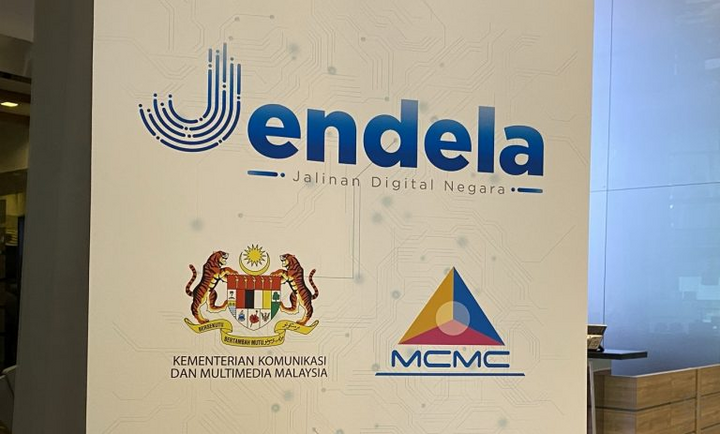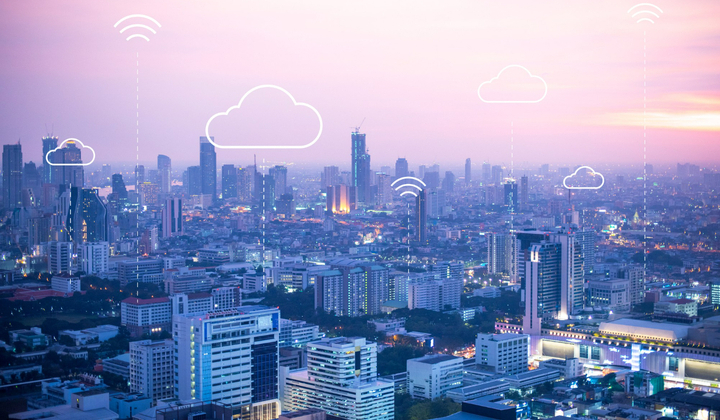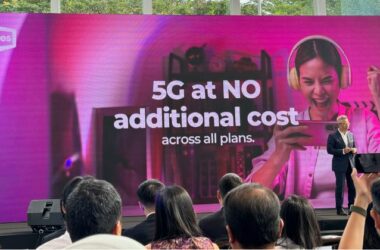Communications and Digital Minister Fahmi Fadzil stated that Malaysia has prioritised investments in digital infrastructure, showcasing significant efforts to enhance broadband connectivity and the ongoing rollout of 5G networks across the nation.
In his keynote address at the GSMA Mobile 360 APAC and Policy Leaders Forum 2023 on 7 September, he announced that 68.8% of populated areas in Malaysia now enjoy 5G network coverage, according to Bernama’s news report.
Fahmi stressed the critical role of a strong digital infrastructure backbone in supporting the growth of emerging technologies such as artificial intelligence (AI), virtual reality (VR), cloud computing, the Internet of Things (IoT), and blockchain.
To address the nation’s infrastructure needs, he highlighted the launch of the National Digital Connectivity Plan, known as JENDELA. This initiative aims to prepare Malaysia for the transition to 5G technology and ensure continued national digital growth.

Fahmi noted that the Malaysian Communications and Multimedia Commission (MCMC) plays a leadership role in driving digital transformation by building digital infrastructure, fostering a conducive environment for the digital economy.
As of the second quarter of 2023, approximately 8.03 million premises have access to fibre broadband, and 97% of all populated areas have access to 4G networks.
He pointed out that the digital economy is a primary economic pillar for Malaysia, contributing 23.2% to the country’s GDP in 2021, with expectations of reaching 25.5% by 2025, equivalent to over RM382 billion.
Furthermore, Fahmi stressed the importance of creating inclusive digital nations, highlighting that it goes beyond technology.
Achieving this goal entails implementing policies that promote digital literacy, improving access to high-speed Internet, fostering an environment favourable to innovation, and giving priority to the needs of underserved and underprivileged communities, enabling their full participation in the digital economy.










